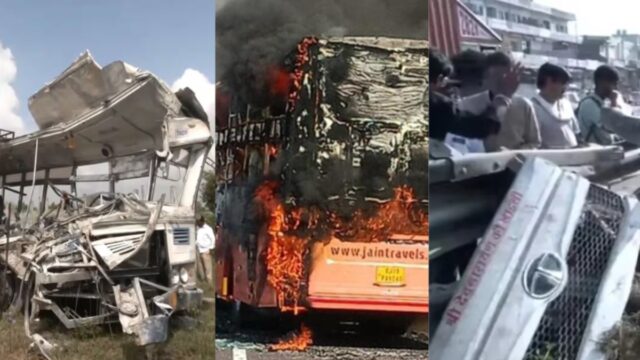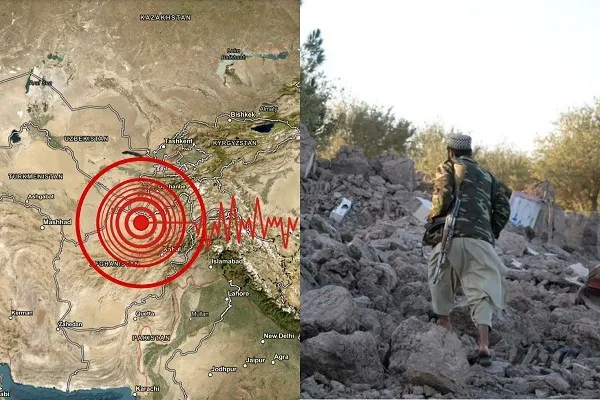There is a danger of the Indian continent splitting into two parts, devastating earthquakes can occur frequently, frightening information in a new study

a
Imagine, a huge piece of land, which has been stable for the last millions of years, suddenly starts breaking from the inside. This is not a science fiction story, but a serious warning about the geological future of India. Recently, geologists have indicated that the Indian plate is splitting into two parts, which can cause major geological changes in the Himalayan region. A recent study has shown that the Indian plate is splitting into two parts, which can forever give a new shape to the geological situation of this region. Information about this unprecedented discovery has been given in an article published in the American Geophysical Union. It has been said that the plate in this landmass is separating and sinking into the mantle of the Earth. Many important information has been given in this study report about the earthquakes and dangers in the Indian continent.
This study report says that the Indian plate, which has been colliding with the Eurasian plate for about 60 million years, is now undergoing a new process called “delamination”. In this process, the dense lower part of the plate is sinking into the Earth’s mantle, causing a vertical crack within the plate. This phenomenon has come to light after analyzing seismic waves and helium isotopes in Tibetan springs, which revealed a vertical crack in the plate, about which scientists were not able to get information earlier.
What is this danger hidden in the womb of the Earth?
Let us tell you that delamination is a geological process in which the lower part of the tectonic plate separates and sinks into the mantle. This process can affect the stability of the plate and increase the possibility of earthquakes in the area. Utrecht University geologist Douwe van Hinsbergen has said that “we did not know that continents could behave in this way, and this is very fundamental to solid Earth science.” He said that “This discovery is important because it shows that not only the plate surface has different thickness and features, but the internal processes operating the tectonic shift are changing much more quickly than previously understood and are much more difficult to understand.”
Simon Klemperer, a geophysicist at Stanford University, said that “tectonic plates often show many cracks in areas of high compression such as the Himalayan collision zone. These cracks can affect the stress build-up in the Earth’s crust, increasing the risk of earthquakes.” Let us tell you that the Himalayan region is already known for seismic activity. The process of delamination can further increase the stress in this area, leading to more intense and frequent earthquakes. Experts believe that this process can generate deep cracks in the Tibetan Plateau. Although this discovery is very important, scientists say that this is just an early sign. More research is still needed to fully understand the long-term effects of this process. Geological changes occur slowly, and understanding their impacts requires both time and data.







